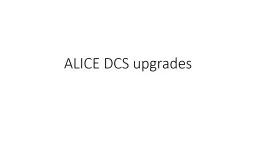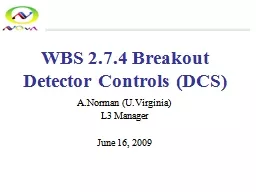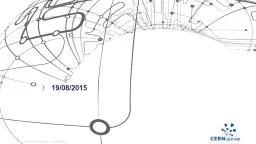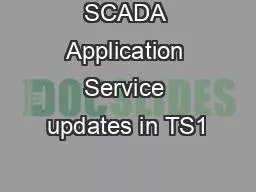PPT-ALICE DCS upgrades ALICE WINCC setup
Author : mofferro | Published Date : 2020-08-06
Each detector builds a local distributed system We try to keep subsystems on separate computers HV LV FEE Central DCS systems connect to all WINCC systems in ALICE
Presentation Embed Code
Download Presentation
Download Presentation The PPT/PDF document "ALICE DCS upgrades ALICE WINCC setup" is the property of its rightful owner. Permission is granted to download and print the materials on this website for personal, non-commercial use only, and to display it on your personal computer provided you do not modify the materials and that you retain all copyright notices contained in the materials. By downloading content from our website, you accept the terms of this agreement.
ALICE DCS upgrades ALICE WINCC setup: Transcript
Download Rules Of Document
"ALICE DCS upgrades ALICE WINCC setup"The content belongs to its owner. You may download and print it for personal use, without modification, and keep all copyright notices. By downloading, you agree to these terms.
Related Documents














